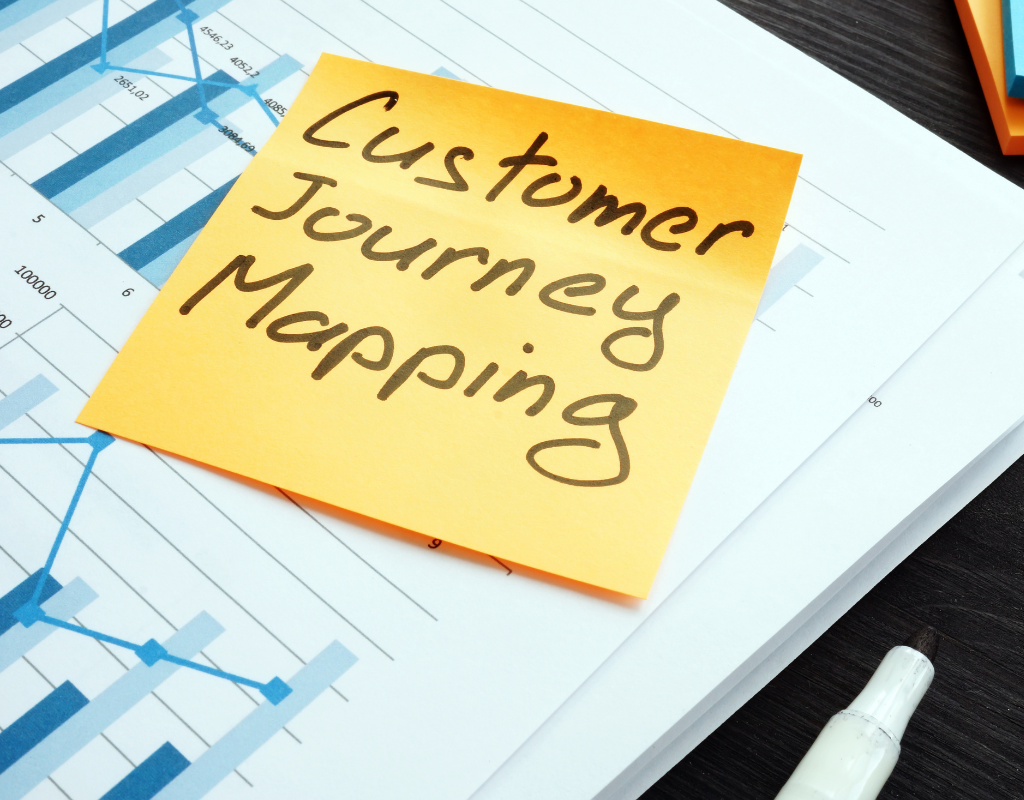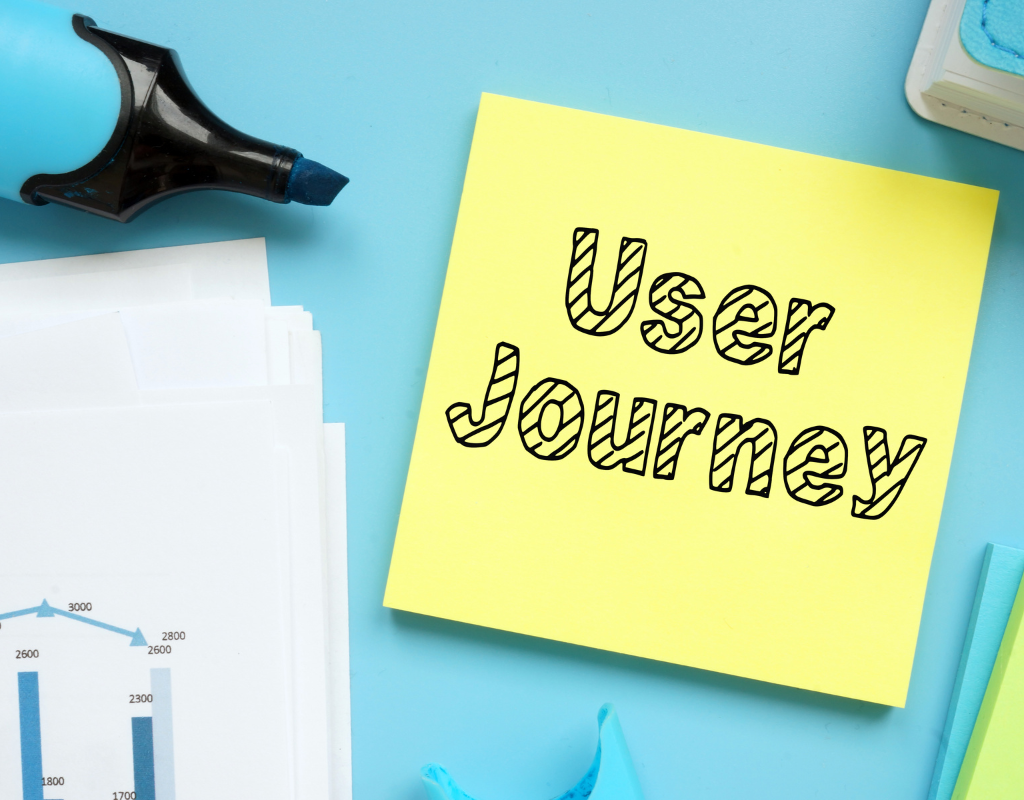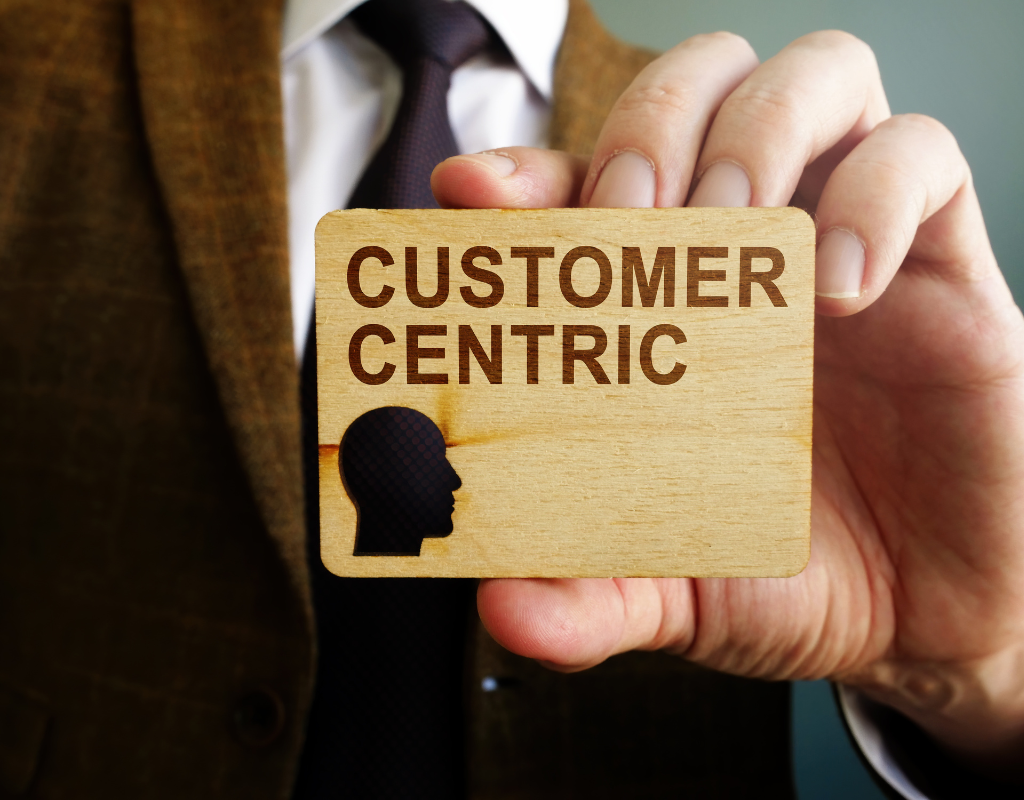The customer journey map is a visualization of the path the visitor follows on your website from the time they first arrive to the time they leave, illustrating every manner in which they engage with the website throughout the way, starting from the target face.
By mapping customer journeys, you may better understand how your visitors utilize your website and the steps they take to complete specific tasks, see any pain points they experience, and learn whether they can overcome them—a worthy objective. The digital marketing agency in Phoenix emphasizes that retailers need to improve their website customer journey and experience to improve sales.
Customer Journey Optimisation: What Is It?
The practice of connecting and mapping interactions with consumers across various touchpoints to direct or affect the end-to-end experience is known as customer journey optimization.
Teams concentrate on strengthening client trust and optimizing customer journeys. The issue in today’s customer-centric IT economy is combining many channels, like voice, websites, social media, mobile devices, and voice, into a smooth customer journey.
When customers can use many channels for the same interaction or requirement, the customer journey can be optimized thanks to the omnichannel customer experience (CX). To stay competitive, a business must implement a customer journey management plan.
Making A Customer Journey Map
Although creating a customer journey map may appear monotonous, each map will have its own design and set of tools. Keep in mind that each customer journey is distinct from the others.
Step 1: Recognise Your Clients.
A clear purpose must be established before constructing a route map so that you know who it is for and why. By giving a greater insight into customers’ wants and preferences, marketers assist in defining consumer goals.

Other features give the characters more realism, so you must conduct solid market research to gather the information. Begin by developing a solid buyer profile that includes details on their age, gender, occupation, education, income, and location. When it’s the case, you must collect psychographic information on your clients. Although this kind of data can be trickier to gather than demographic information, it is important for understanding client preferences, requirements, and wants.
Step 2: Select Your Target Market
Once you’ve established several clients, it’s time to “deep dive” into each to develop a complete picture of their experiences. Analyze their initial interactions with your brand, then chart their subsequent movements.
Step 3: Make A List Of Customer Touchpoints
Each interaction or relationship involving your brand along with a customer is delicate. Include everything from the website to social media platforms, paid advertising, third-party surveys, email marketing, and comments when enumerating all the touch points in the customer journey.
Step 4: Determine Customer Behavior
Find out what your consumers are doing at each stage after you’ve identified every one of your customer touchpoints. It will be simpler to optimize each tiny link and advance them through the tunnel if you divide the voyage into discrete tasks. The ideal time to tell your creations is right now. You can solve the issue by getting to know the customer.

Step 5: Recognise The Resources You Have Accessible.
Creating a customer journey map provides an overview of your business and a list of all the resources required to build the customer experience.
Check whether these resources are enough to deliver the best possible client experience. Use your plan to pinpoint touchpoints, like customer service, that want greater assistance. Additionally, you can precisely forecast how new or current assets affect your sales and maximize ROI. This will also enable you to comprehend website traffic more clearly.
Step 6: Analyze The Customer Journey
Analyzing the outcomes is a crucial step in constructing a customer journey map. As you examine the data, search for indications that clients might decide not to purchase or places where they might require further assistance.
You should be able to spot places on your final map that satisfy client wants and develop solutions for them.
Step 7: Take Action
Giving the company a specific course for the modifications it will best respond to and having an image of how it will proceed is guaranteed to meet client needs at any time.
Every modification you make will facilitate a smooth journey because it will address client issues. Utilizing A/B testing is a terrific technique to test your variations and determine which ones best assist your users during their user journey.
Enhancing The Customer Journey
The greatest approach to keeping consumers during the journey and beyond is to concentrate on the customer experience. Now the question is, what can you do to make this better?
Customer Journey Mapping And Analysis
To go where you want, you must first comprehend where you are now and what changes must be made. This is known as “mapping” in customer journey optimization because it provides a solid baseline against which to compare future efforts.

You should now take a closer look at customer engagement data and combine them with a better comprehension of each stage of the customer experience. Remembering that you should consider the situation from the client’s perspective rather than the internal company’s.
Obtain Client Feedback
Engaging customers in conversation also gives them a voice and can enhance their overall shopping experience. Therefore, it is now necessary to get client feedback. It’s time to check to determine if your concepts align with those of your clients.
Concentrate On Customer Experience And Engagement
Regarding increasing customer engagement, what’s next is how to deliver the best experience at each journey stage. For instance, you should concentrate on that area if consumers are having trouble with the onboarding process, which is a common problem. Fortunately, various ways exist to contact customers in today’s digital environment.
Now is the perfect time for firms who haven’t yet committed to multichannel marketing to do so. When you have a variety of ways to interact with your audience, you may organize the content and avoid being dull by being helpful instead.
Do Everything You Can to Follow.
After putting the suggestions you’ve received for enhancing client relations into practice, the next stage is to monitor these new tactics to observe how they perform compared to your earlier attempts.
But now that technology has advanced, it is possible to use recent consumer surveys to forecast not just previous interactions but also those that will occur in the future. Enthusiastic marketers can use technology to study their data and attempt to address client issues before they spiral out of control. The goal of optimizing the customer journey is to stay one step ahead of the consumer, and doing so will position you for success.
Conclusion
To assist in educating and providing client support. They browse your website. Once you understand the customer experience better, you can use that information to enhance your website by eliminating third-party processes, minimizing pain points, modifying your messaging to suit consumer requirements, and even producing content.
These adjustments guarantee that your website offers users a seamless and satisfying contact, resulting in a better user experience because they align with the consumer journey.
To Read More Tech Blogs Visit: Technical Nick

















